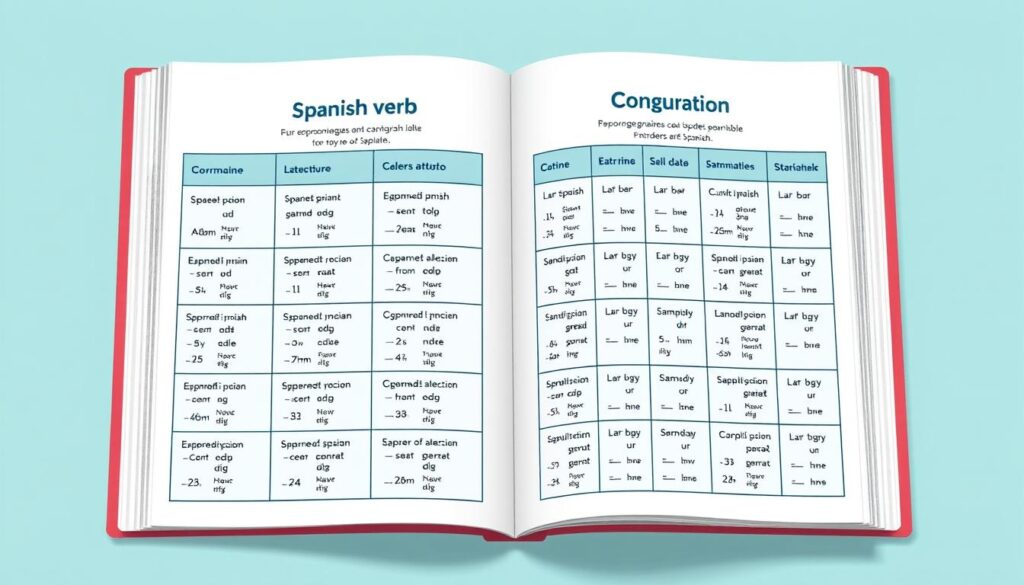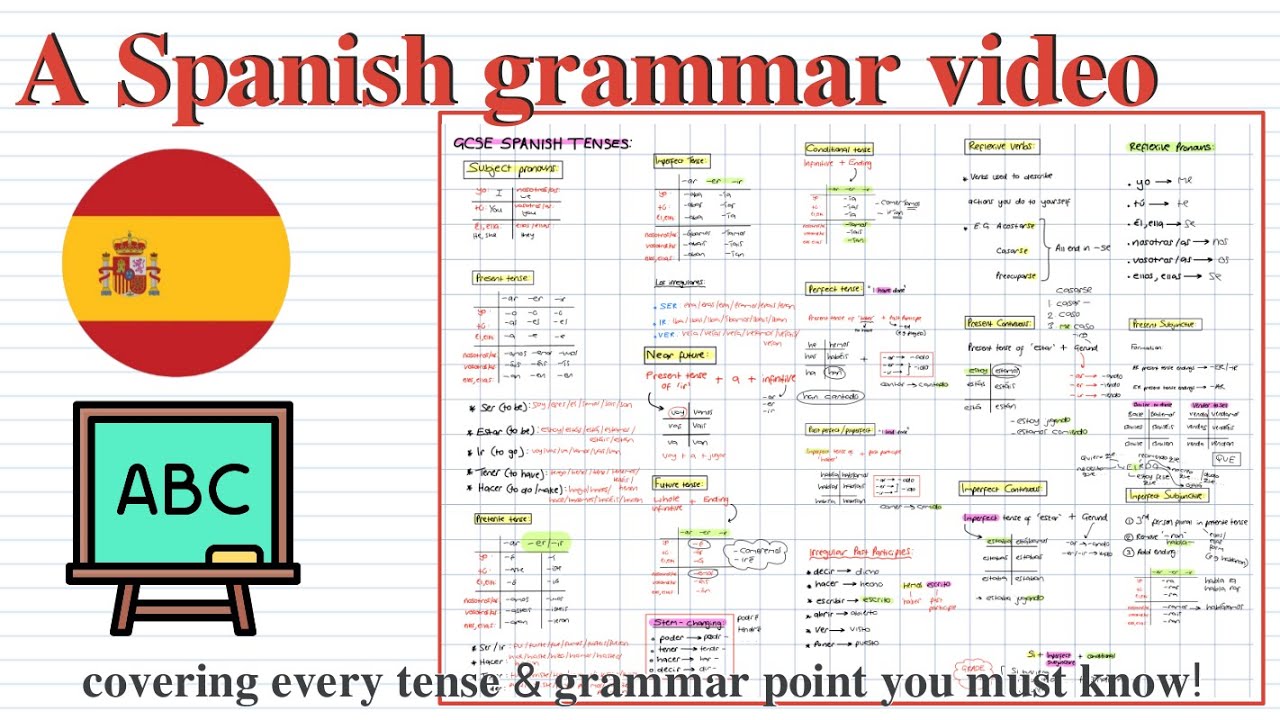Comprehensive Spanish Grammar Tips for Learners
Mastering a new language can be a daunting task, but understanding its grammar is a crucial step towards fluency. For those learning Spanish, grasping the intricacies of its grammar can significantly accelerate the learning process.
We recognize that the differences between Spanish and English grammatical structures can sometimes lead to confusion. However, with the right guidance, learners can overcome these challenges and achieve effective communication in Spanish.
Our comprehensive guide is designed to take learners through the basics to more advanced verb conjugations and grammatical structures, emphasizing that practice is key to mastery.
Key Takeaways
- Understanding Spanish grammar is foundational to language fluency.
- Mastering grammar accelerates the learning process.
- Key differences between Spanish and English grammar are highlighted.
- Grammar is a tool for effective communication.
- Practice and application are crucial for mastery.
- Our guide covers basic to advanced grammatical structures.
Understanding the Fundamentals of Spanish Grammar
Understanding the fundamentals of Spanish grammar is essential for language learners. Grammar is not just a set of rules; it’s the framework that allows learners to communicate effectively. By grasping the basics of Spanish grammar, learners can improve their comprehension and expression in the language.
The Importance of Grammar in Language Learning
Grammar forms the backbone of effective language learning. It helps learners understand the structure of the language rather than just memorizing phrases. By studying grammar, learners can generate their own sentences and express themselves more effectively.
Key Differences Between Spanish and English Grammar
One of the main differences between Spanish and English grammar is the concept of grammatical gender. In Spanish, nouns, articles, adjectives, and some pronouns are affected by gender, which can be challenging for English speakers. Additionally, Spanish verb conjugations are more complex, with variations based on tense, mood, and the subject.
| Feature | Spanish Grammar | English Grammar |
|---|---|---|
| Grammatical Gender | Nouns, articles, adjectives, and pronouns are gendered | No grammatical gender |
| Verb Conjugation | Complex, varies by tense, mood, and subject | Relatively simple, with fewer variations |
| Subject Pronouns | Often omitted due to verb conjugation indicating the subject | Required for sentence structure |
How to Approach Spanish Grammar Study
To study Spanish grammar effectively, learners should adopt a balanced approach that combines understanding the rules with practical application. Techniques such as spaced repetition and contextual learning can be particularly helpful. Focusing on verb conjugations and practicing with real-life scenarios can also enhance learning.
By understanding the fundamentals of Spanish grammar, learners can significantly improve their language skills. It’s about applying grammar rules in context, which helps in achieving a more natural and fluent communication.
Mastering Spanish Nouns and Articles

Mastering the use of nouns and articles is a fundamental aspect of Spanish grammar. In Spanish, as in other Romance languages, all nouns belong to one of two genders, “masculine” or “feminine.” This gender classification affects not only the nouns themselves but also the adjectives and articles associated with them.
Gender Rules: Masculine and Feminine Nouns
The gender of a noun is a crucial aspect of Spanish grammar. For most nouns that refer to persons, the grammatical gender matches the biological gender. However, for nouns that refer to objects or abstract concepts, the gender is not always predictable and must be memorized.
Many nouns follow certain patterns that can help determine their gender. For example, nouns ending in -o, -ma, or -pa are often masculine, while those ending in -a, -dad, or -ción are typically feminine.
Forming Plural Nouns
Forming plural nouns in Spanish is relatively straightforward. Nouns that end in a vowel typically form their plural by adding -s, while those that end in a consonant form their plural by adding -es.
For instance, “el gato” (the cat) becomes “los gatos” (the cats), and “la ciudad” (the city) becomes “las ciudades” (the cities).
Definite and Indefinite Articles
Articles in Spanish must agree with the nouns they modify in both gender and number. The definite articles are “el” (masculine singular), “la” (feminine singular), “los” (masculine plural), and “las” (feminine plural).
The indefinite articles are “un” (masculine singular), “una” (feminine singular), “unos” (masculine plural), and “unas” (feminine plural). Understanding when to use definite versus indefinite articles is crucial, as their usage differs significantly from English patterns.
For example, when a feminine noun begins with a stressed ‘a’, the masculine article “el” is used instead of “la” to ease pronunciation, as in “el agua” (the water).
Essential Spanish Grammar: Verb Conjugation

Verb conjugation is a key component of Spanish language studies, enabling learners to express themselves accurately. In Spanish, verbs are categorized into three main groups based on their infinitive endings: -AR, -ER, and -IR verbs. Understanding these categories is crucial for mastering verb conjugation.
The Three Verb Groups: -AR, -ER, and -IR
Every Spanish verb belongs to one of three form classes characterized by its infinitive ending. The -AR verbs, such as hablar (to speak), follow one conjugation pattern, while -ER verbs like comer (to eat) and -IR verbs like vivir (to live) follow their own respective patterns. Recognizing the infinitive form helps in identifying the conjugation pattern.
-AR Verbs: These verbs are conjugated with endings like -o, -as, -a, -amos, -áis, -an in the present tense.
-ER and -IR Verbs: Similarly, -ER and -IR verbs have their own sets of endings. For instance, -ER verbs use -o, -es, -e, -emos, -éis, -en, while -IR verbs use -o, -es, -e, -imos, -ís, -en in the present tense.
Present Tense Conjugation
The present tense is used to describe actions that are currently happening. Conjugating verbs in the present tense involves changing the verb ending according to the subject pronoun. For example, the verb hablar is conjugated as follows: yo hablo (I speak), tú hablas (you speak), él/ella/usted habla (he/she/you formal speak), nosotros/as hablamos (we speak), vosotros/as habláis (you plural speak), and ellos/as hablan (they speak).
Regular verbs follow predictable patterns, making it easier to learn and apply their conjugations.
Past Tenses: Preterite vs. Imperfect
Spanish has two main past tenses: the preterite and the imperfect. The preterite tense is used for completed actions in the past, such as hablé (I spoke). In contrast, the imperfect tense describes ongoing or habitual actions, like hablaba (I was speaking or I used to speak).
Understanding the difference between these tenses is vital for narrating past events accurately. For example, “I was studying when my friend called” would be translated using the imperfect for “was studying” (estudiaba) and the preterite for “called” (llamó).
Advanced Spanish Grammar Concepts
Advanced Spanish grammar concepts are pivotal for achieving fluency and conveying subtle shades of meaning. Mastering these concepts elevates our language skills, enabling us to express complex ideas and emotions with precision.
The Subjunctive Mood
The subjunctive mood is a critical aspect of Spanish grammar that expresses doubt, uncertainty, or hypothetical situations. It’s used with verbs and phrases that convey desire, emotion, or doubt, such as “dudar” (to doubt), “esperar” (to hope), and “es necesario que” (it’s necessary that). For instance, “Espero que él venga” (I hope he comes) uses the subjunctive form “venga” to express a wish or desire. Understanding when to use the subjunctive versus the indicative mood is crucial, as it depends on the context and the verb used in the sentence.
Using Reflexive Verbs
Reflexive verbs indicate actions performed on oneself or reciprocal actions. For example, “levantarse” (to get up) is a reflexive verb where the subject performs the action on themselves. The correct placement of reflexive pronouns is essential and varies with different sentence structures and tenses. For instance, “Me levanto temprano” (I get up early) demonstrates the use of “me” before the verb “levanto.”
Future and Conditional Tenses
The future and conditional tenses are vital for discussing future plans and hypothetical situations. The future tense is formed by adding specific endings to the infinitive form of the verb, while the conditional tense is used for polite requests and hypothetical scenarios. For example, “hablaré” (I will speak) and “hablaría” (I would speak) illustrate the future and conditional forms of “hablar.” Understanding these tenses enhances our ability to communicate complex ideas and nuances in Spanish.
Building Sentences in Spanish

To communicate effectively in Spanish, mastering sentence construction is crucial. Sentence structure in Spanish can be quite different from English, particularly in terms of adjective placement and the use of objects and adverbs.
Adjective Placement and Agreement
In Spanish, adjectives typically follow the noun they modify, unlike in English where they usually precede the noun. For example, “la casa blanca” (the white house). Adjectives must also agree with the noun in both gender and number.
| Noun | Adjective (Masc/Sing) | Adjective (Fem/Sing) | Adjective (Masc/Plural) | Adjective (Fem/Plural) |
|---|---|---|---|---|
| amigo (friend) | simpático | simpática | simpáticos | simpáticas |
| casa (house) | grande | grande | grandes | grandes |
Using Adverbs Effectively
Spanish adverbs work similarly to their English counterparts, modifying verbs, adjectives, or other adverbs. To form an adverb from an adjective, the suffix “-mente” is added to the feminine singular form of the adjective.
Examples: “muy” (very), “poco” (a little), “lejos” (far), “mucho” (much, a lot).
Prepositions and Their Functions
Prepositions in Spanish connect different parts of a sentence, introducing prepositional objects. The personal “a” is used before direct objects that are people or pets treated as people.
Conclusion: Putting Spanish Grammar into Practice
As we conclude our comprehensive guide to Spanish grammar, it’s essential to reflect on the key concepts we’ve covered. Throughout this guide, we’ve explored the fundamentals of Spanish grammar, including verb conjugation, noun gender, and adjective agreement. We’ve also delved into more advanced concepts, such as the subjunctive mood and reflexive verbs.
To put these grammar concepts into practice, we recommend starting with high-frequency structures and gradually incorporating more complex ones into your everyday conversations. For instance, mastering verb conjugations in the present tense can help you communicate effectively, while understanding the subjunctive mood can add nuance to your expressions. Consistent practice over days and weeks will make these concepts more intuitive.
Effective practice involves combining grammar study with authentic language exposure through reading, listening, and conversation. It’s crucial to learn grammar in context rather than as isolated rules. We suggest using a variety of resources, including reference books, online tools, and practice exercises, to continue your grammar study. Additionally, being aware of common grammar pitfalls for English speakers, such as incorrect subject-verb agreement or misuse of object pronouns, can help you avoid mistakes.
As you continue to practice, remember that grammar is a tool for communication, not an end in itself. Making mistakes is a natural part of the learning process. We encourage you to apply these grammar tips in real-world Spanish conversations to build fluency and confidence. With consistent practice and exposure to the language, you’ll become more proficient in using verbs, adjectives, and nouns correctly, and you’ll be well on your way to mastering Spanish grammar.









